So you’ve decided you wanted to take a gander at traveling to one of the most beautiful countries in the world (that just might be my bias talking but I seriously think it is). Good for you! But with over seven thousand islands, you might be struggling to decide which ones you should visit on your trip to the Philippines. Well I’m here to make the case for one such island: Cebu! Located in the heart of the Visayas region of the Philippines, Cebu has the country’s oldest and (Manila notwithstanding) most historic city. But there’s more to this island/province than just the city. With pristine beaches, delectable cuisine, stunning views, and blood-pumping activities, Cebu has something for everyone, which is why I’m writing this Cebu Travel Guide!
I’ve had the privilege of visiting this beautiful island recently and, let me tell you, it’s nothing short of spectacular. I think it’s the perfect introduction to the Philippines because of its mix of historic and nature attractions and its tasty food scene. After my visit, it became one of my favorite places in the entire country, and one that I can’t wait to return to. I also have a nostalgic tie to the province because it was where I went to on my first ever plane ride. So my recent trip felt like a coming home of sorts.
But don’t just take my word for it, I would love it if you could experience this island for yourself. And, if you’ve already set your heart on it, read this Cebu Travel Guide to find out everything you need to know in order to have the perfect trip to this wonderful island!
Click the following links to book popular Cebu Tours: Canyoneering Experience, Pescador Island Snorkeling, Cebu City Tour, and Whale Shark Swimming Tour!
If you want to know more about my experience going to Cebu, click here to read the first installment of my Cebu 2022 trip report series!
Remember to subscribe to my Youtube channel @ Stephen Flores Travel, like me on Facebook at Passport Perspective, and follow me on Instagram / Twitter / Tiktok @StephenJFlores.
This post contains affiliate links. We receive a small commission for purchases made after clicking on these links at no extra cost to you.
When to go to Cebu

Cebu, like the rest of the Philippines, has 2 seasons: Dry and Wet. The dry season takes place from December to May while the wet season takes place from June to November. I recommend you plan a trip to Cebu during the dry season so that you don’t have to worry about a certain meteorological event that occurs multiple times a year in the Philippines: typhoons.
Typhoons regularly hit the Philippines. Over 20 of them come within close proximity to or directly hit the islands in a single calendar year. It’s for this reason that I would recommend going during the dry season as typhoons shut down entire provinces, cancel flights, and are just dangerous to be in, especially if they morph into super typhoons.
Now with that being said, I went to Cebu in August 2022, which is right smack dab in the middle of the wet season, and I only encountered rain once during my entire trip. So your mileage may vary but for the purposes of this Cebu travel guide I would stick with the dry season as much as possible.
How Many Days Should I Spend in Cebu
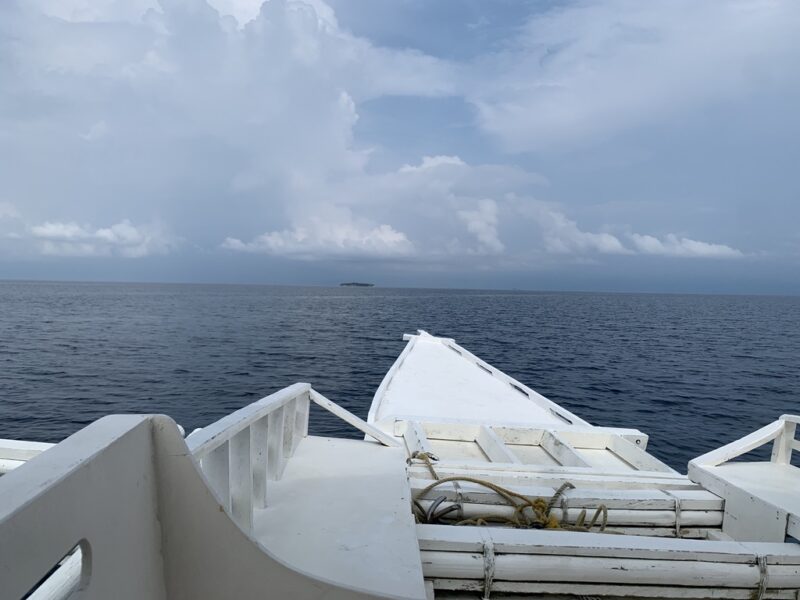
Exploring Cebu City and its outskirts will take about 2 days. What I did was I divided the must-sees in Cebu City into two: The sights in the historical district (including Fort San Pedro and Basilica del Sto. Niño, among others) and those on the outskirts of the city (such as the Temple of Leah and Tops Lookout). You could also spend some time exploring the amazing malls that the Philippines is known for, but if you just want to see the tourist attractions, this Cebu Travel Guide recommends allotting two days to explore.
Now when I was last in Cebu I didn’t stay at a fancy hotel or resort, so I didn’t spend time lounging around and soaking up the sun, which is why I won’t include doing that in this Cebu Travel Guide. If, however, you happen to be staying in any of the luxury resorts found on Mactan island, it’s best to allot at least two days to relax and enjoy your time by the pool or beach.
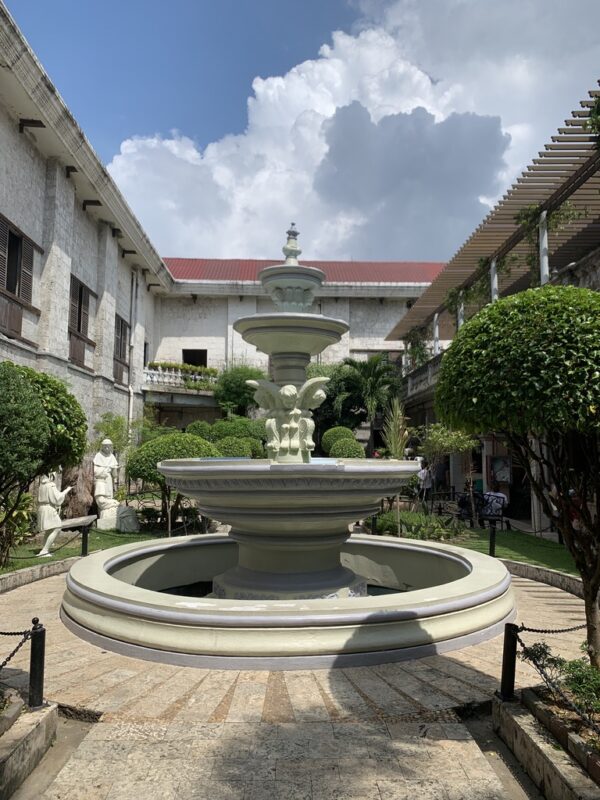
As for the excursions you can take outside Cebu City, it’s best to allot one day per excursion. In my last visit, I allocated one day for my snorkeling tour and another day for my canyoneering experience. Now it’s possible to do the canyoneering experience and the snorkeling experience in a day, which is totally an option if you’re pressed for time, but I wouldn’t recommend it as you would be rushing to complete each adventure instead of taking the time to savor the experience.
You could also add a day to hike Osmeña Peak, chase waterfalls throughout the island, or swim with the whale sharks (I decided to skip the last one due to the unethical practices associated with that experience).
So all in all, I would recommend 6 or 7 days to fully explore the island. If, however, you’re pressed for time, then 4 days is enough to get a taste of what the island has to offer. If you’re going for 4 days, I would recommend doing so over a weekend to minimize the amount of paid time off you have to take. You could fly in early morning on Friday and depart late at night on Monday and still do most of the things listed in this Cebu travel guide.
How to Get to Cebu
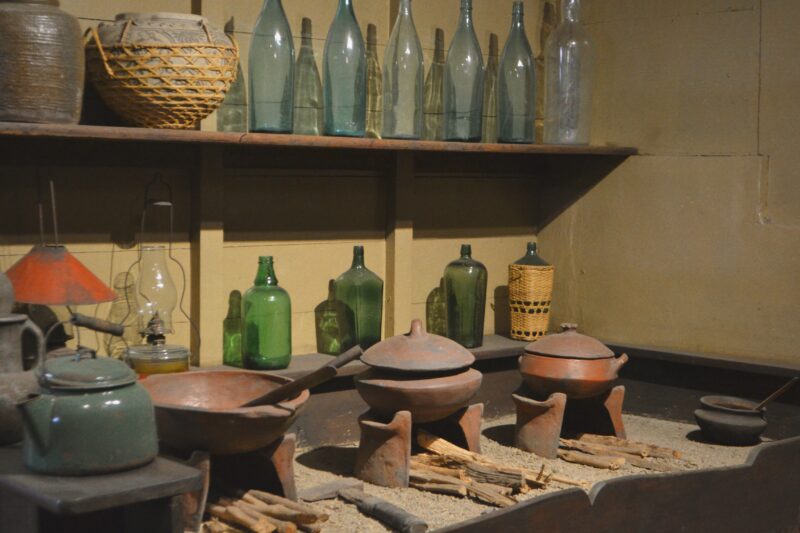
The quickest way to get to Cebu, especially if you’re coming from Manila, is to fly. Philippine Airlines, AirAsia, and Cebu Pacific fly to Cebu from Manila and other locations multiple times a day. Cebu is considered the hub of the Visayas region so you’ll find numerous flights going to and from Cebu-Mactan International Airport. You can even fly internationally to Cebu, with flights going to Seoul, Hong Kong, Tokyo, Taipei, and Singapore available. Check Skyscanner for the best rates.
There are also four ferry services you can take to go from any of the nearby islands to Cebu. They are 2Go, OceanJet, Lite Ferries and Weesam. They depart from the Port of Cebu at Pier One, which is the southernmost port, close to Fort San Pedro. Services go to Cagayan de Oro, Bohol, Siquijor, and even to Manila (although I wouldn’t recommend this).
I was coming from Manila in my last trip, so I took a flight to Cebu from there with Cebu Pacific. It was relatively inexpensive, costing Php 5369.48 ($90.90) round trip. While conducting research for this Cebu Travel Guide I also found out that Cebu Pacific flights regularly go on sale too, with some sales even having their base fare drop to Php 1.
Where to Base Yourself
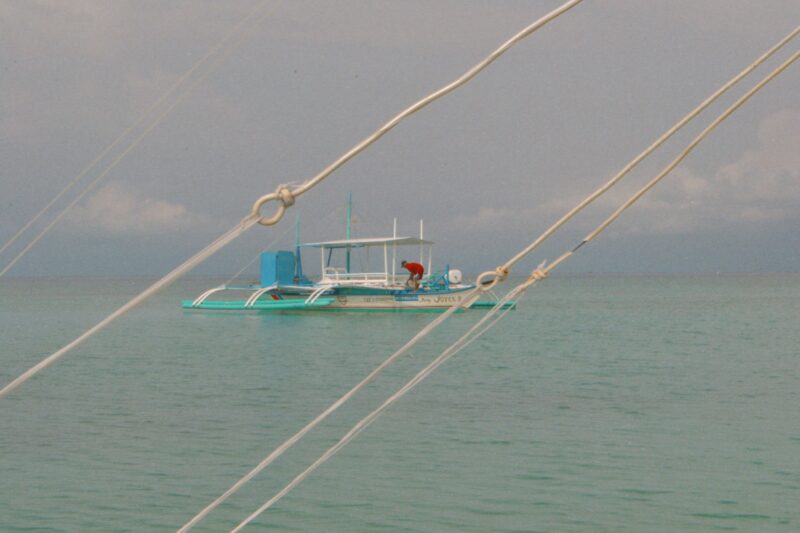
Most of the outdoor excursions are in the south of Cebu. If you don’t want to pay for Klook tours or van hires to take you there from Cebu City, I would recommend basing yourself in the town of Moalboal. It’s possible to do everything in the south of Cebu while basing yourself in Cebu City but it will definitely cost a lot more due to the fact that you have to rely on the aforementioned tours and van hires to take you to the south every day.
Basing yourself in Moalboal is definitely cheaper in the long run, mostly because you can just rent a motorcycle for about Php 500 ($8.53) a day to explore the south side of the island (read below for more info on how to do this), which is a lot cheaper than paying for a tour or van.
When I visited, I based myself in Cebu City as I wanted to see the tourist sites in and around the city as well. I also wanted to try some of the local restaurants and knew that all the famous places to eat would be in the capital. The drive to and from the different locations I went to in the south of Cebu wasn’t too bad because I was basically asleep the entire time, but if you’re the kind of person who doesn’t like road trips, basing yourself in Moalboal ensures that you don’t do a lot of them.
If you can spare it, though, it is possible for you to base yourself solely in Cebu City and then just take tours to the south like I did. I booked two Klook tours for my Cebu trip: a snorkeling excursion and a canyoneering experience. Click here and here to book them! I highly recommend them and this Cebu Travel Guide wouldn’t be complete without mentioning them.
How to Get Around Cebu
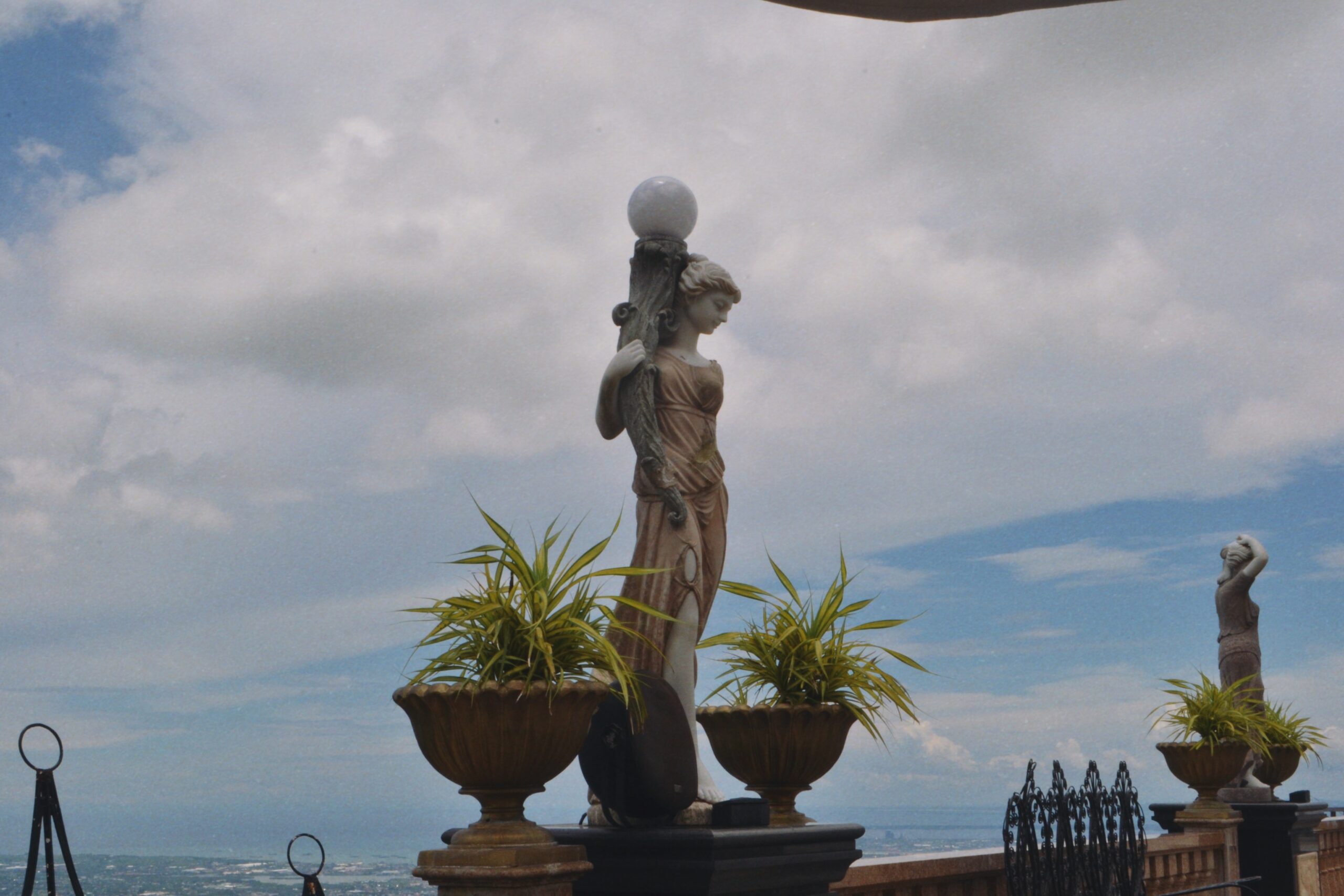
Cheapest Option: Bus
Buses depart for northern and southern Cebu from two terminals aptly named the Cebu North Bus Terminal and the Cebu South Bus Terminal. To get to Moalboal, Badian, and Oslob you will need to head to the South Bus Terminal. Buses cost anywhere from Php 100 ($1.69) to Php 200 ($3.39) . They come in either air-conditioned or non-air-conditioned options, with the air-con option costing about Php 30 ($0.51) more. If I were you, I would choose the air-con option but take note that Philippine buses are colder than an Icelandic winter so dress accordingly. But if that doesn’t matter to you, just head to these terminals and hop on the next available bus to where you’re headed.
More Expensive Option: Renting a Car
I utilized this to go to the tourist sites that are on the fringes of Cebu City. I was originally going to utilize Grab to go to these places but it dawned on me that I might not get cell service up in the mountains and there would probably be few to no Grabs out there, so I decided to rent a car. The process of getting a car mid-trip is a bit of a long-winded and convoluted process as we had to go back to the airport arrival area to meet up with the Alamo representative, who then drove us to their office about two minutes away from the airport where we filled out all the paperwork and got the car.
I would recommend this if you want the convenience of hiring a van (detailed below) but with the benefit of being on your own schedule. The downside is, of course, you have to drive yourself, compared to most van rentals in Cebu that usually come with a driver. But if you want that flexibility and are willing to drive yourself, this is a good option! It cost me Php 2,612,63 ($44.43) to rent a car for a day.
Most Expensive Option: Vans
This was the option I used to go to the south of Cebu twice during my trip. When it comes to long-distance travel, I like the ease and vibe of a smaller vehicle. If you’re traveling in a group, want the ease of not having to line up at stations, or don’t want to drive yourself everywhere, this option should work perfectly for you. You can find operators here, here, and here, to name a few.
A quick search showed me that a van rental for a day cost around Php 3,500 ($51.02) to Php 9,000 ($153.06) and they will usually set up the tours for you as well. Trips to the South of Cebu (due to the distance and all the activities you can do) will be the most expensive to book while Cebu City tours via vans will be the cheapest.
How to Get Around Cebu City
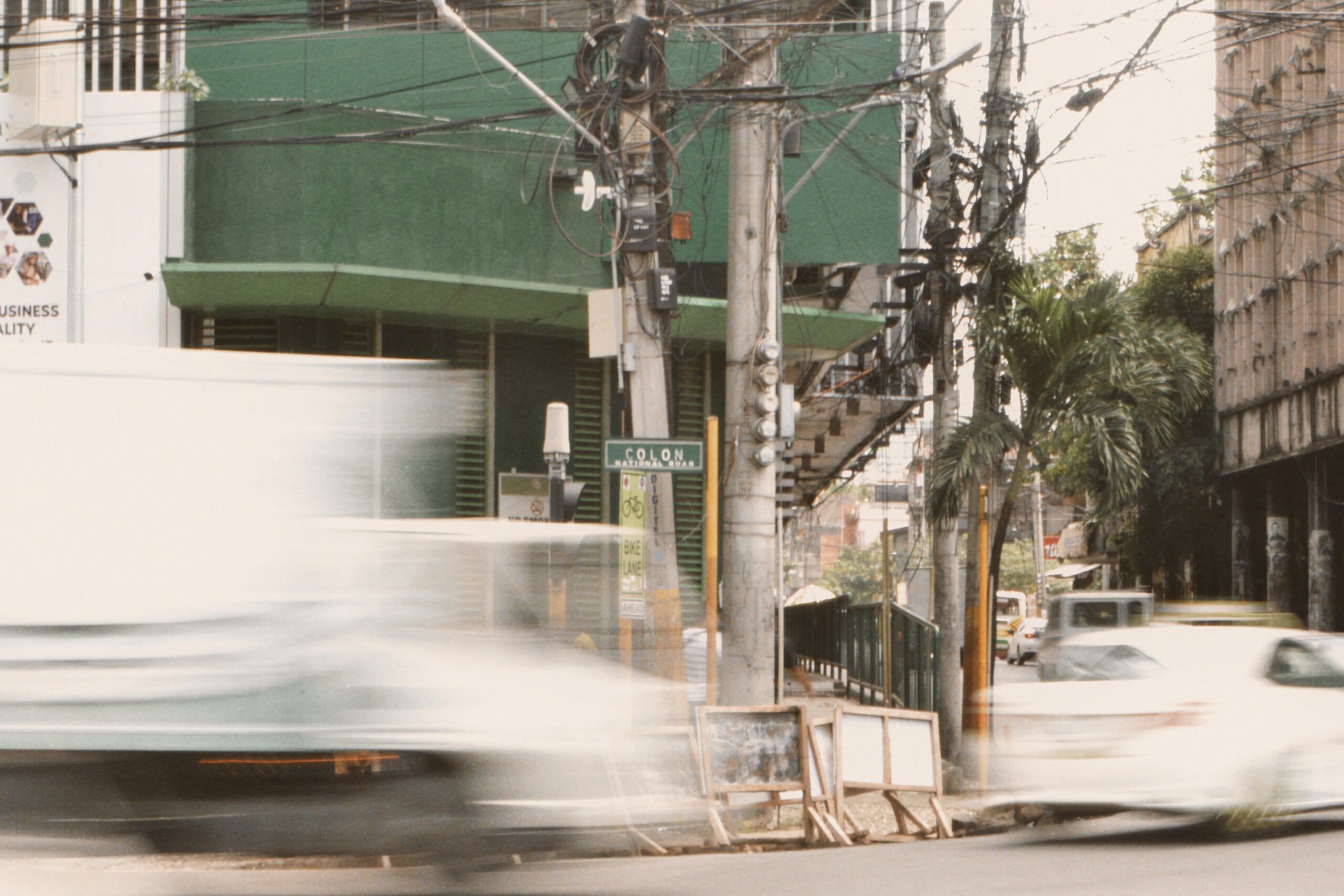
There are numerous ways to get around once you’ve arrived at your “base”. While there are more options in bigger cities like Cebu City or Mandaue, you’ll still find numerous choices no matter where you go.
Jeepney
On the cheaper side of transportation options is the Jeepney. These vehicles, made from old World War 2-era jeeps that were retrofitted to shuttle passengers, only cost Php 11 ($0.19) per ride (at the time of this writing). While the price can’t be beat, there are downsides to riding the Jeepney. They tend to be crowded and are not air-conditioned, which can be brutal in the summer heat, and they can be confusing to understand and navigate effectively, especially if you need to take more than one Jeepney ride to your destination. I would not recommend them for long journeys, not that they make long journeys anyway.
Be sure to tell the driver where you’re going so that he can alert you when you’ve arrived at your destination and, once you’ve arrived, take out your fare and be sure it’s passed down the line all the way to the driver.
Grab
Grab is the Uber of Southeast Asia. It works the same way, but with fares being a lot lower on Grab (I think the most expensive Grab I ever paid for in Manila cost Php 700 ($11.86)). That being said, Grab can be slightly unreliable due to the fact that there aren’t that many Grab drivers, meaning a large number of users are competing for a smaller pool of drivers, which is why you might not be able to book one right away, especially at peak times. Grab is also a lot more expensive than taking the Jeepney. Prepare to shell out a couple hundred pesos, but at least it’s air-conditioned and you don’t have to worry about missing your destination.
Taxi
I don’t think I’ve ever used a taxi in the Philippines, due to the fact that, like other countries in Southeast Asia, they tend to scam riders. If you do for some reason need to take the taxi because Grab isn’t responding or you need to get somewhere right away, be sure to say that you want to use the meter and to have it turned on and running while you’re inside the cab. I also wouldn’t recommend taking a taxi if you’re trying to get somewhere on the outskirts of the city like the Taoist Temple or Sirao Flower Gardens.
Habal-Habal
Think Taxis but on motorcycles. You can usually easily flag one down if need be, but I wouldn’t recommend them as they are, as of this writing, not regulated by any governing body. Because of that, I recommend using this as a last resort form of transportation.
Motorcycle Rental
This is the last major mode of transportation. You can easily rent a motorbike for about Php 500 ($8.47) a day at the cheapest. This is especially helpful if you need to get around the south of Cebu after basing yourself there or if you want to visit the outskirts of Cebu City but don’t want to rent a car or book a tour. Some providers will even deliver the motorcycle straight to your hotel! Be sure to do your research beforehand, however, to make sure you’re renting from a reputable business.
What to Pack
Your Cebu packing list will look familiar to packing lists you might make when going to the beach. Here are some items that will be handy when you’re on the island:
- Sunscreen (but if you’re doing the whale shark experience, best to not lather on sunscreen as it is poisonous to them)
- Beach Towel
- Sunglasses
- Mosquito Repellant (Keep Dengue away!)
- A good book
- Aqua shoes (for the Canyoneering experience)
- A rash guard (for snorkeling and canyoneering)
Note that you don’t have to bring your own snorkeling gear. The boats in Moalboal usually come with them.
Must-See Attractions
Now let’s get to the meat of this Cebu travel guide. I bet you’re wondering what the must-sees are when you find yourself in Cebu. Listed below is everything I did in the four days I was in Cebu, as well as some that I missed out on that might interest you. They’re arranged by location, so let’s start with Cebu City itself!
Cebu City Sights
Most of Cebu City’s sights are centered in an area I like to call Historic Cebu. Here are the attractions listed. All entry fees are as of this writing in October 2022.
Fort San Pedro
Simultaneously the oldest and smallest fort in the Philippines, this quaint example of colonial architecture merits a look around its grey stone walls on the basis of its historical significance. It costs just Php 30 ($0.51) to enter the fort, which is shaped like a triangle, with a bastion flanking each of the corners of the fort. The views from the walls aren’t the best views in the world, but there are real canons that dot the upper area of the fort to compensate for that.
A route around the fort would consist of walking up the ramp that is to the right of the entrance and then encircling the perimeter from the top of the walls. This is a good place to start your Historic Cebu City tour because it’s the southernmost tourist attraction among those listed here. I would definitely recommend stopping by, especially if you’re a history geek, and the same thing can be said for the rest of the attractions in this portion of the Cebu travel guide.
Basilica Del Sto. Niño
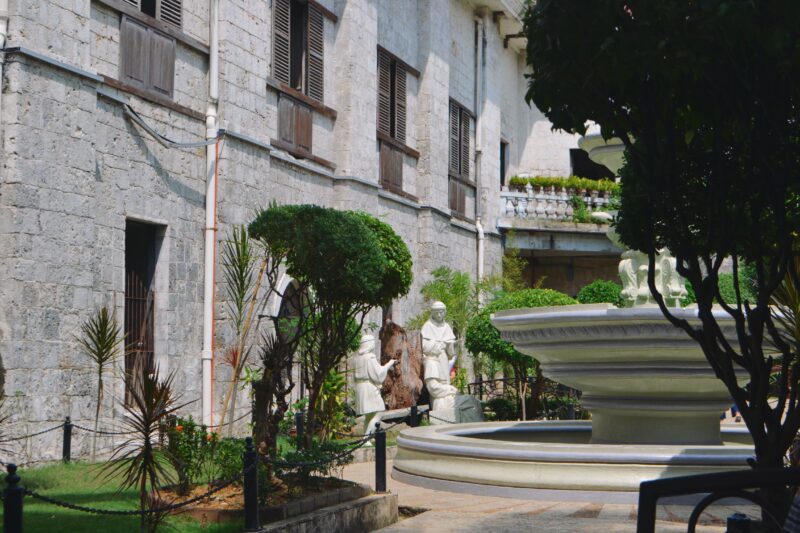
This huge, ornate, and imposing church was built on the site where the expedition of Miguel Lopez de Legaspi found the image of the Santo Niño. The image is not literally a picture but a small statue of the baby Santo Niño. It is currently on display inside the courtyard to the left of the church. Pictures aren’t allowed, but it is cool to see one of the two oldest relics of Christianity in the country, with the other one being the next tourist attraction on this list.
The interior of the church is stunning. Carvings adorn the ceiling and the altar consists of a golden display with statues of the saints built into it. The church was made a Basilica in 1965 and was crowned the seat of the Catholic Church in the Philippines. Entrance is free but you must dress modestly if you want to enter the church and see the image of the Santo Nino. This is THE MOST historic Cebu attraction so if you only have time to see one thing in the city, this Cebu travel guide recommends this church.
Magellan’s Cross
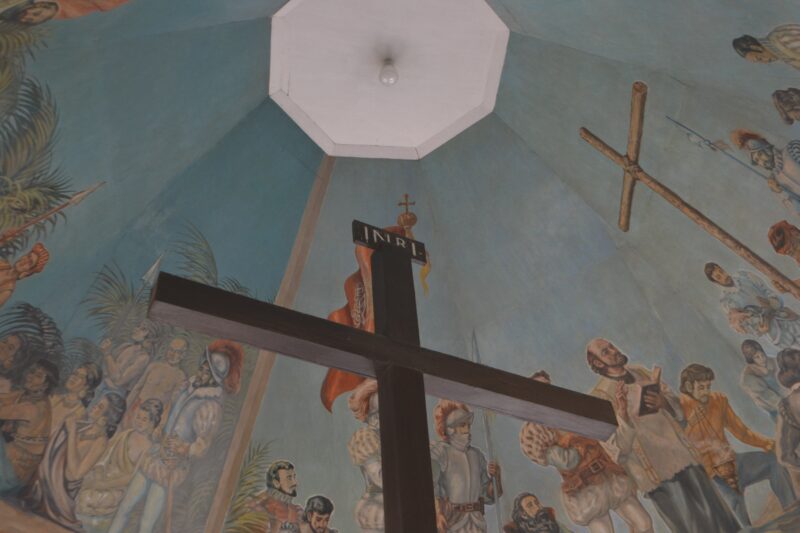
If you’re facing the church, head left and exit the grounds to find the next stop on our Historic Cebu City tour: Magellan’s cross. Another free-to-enter site (although you can pay for a candle which you can then offer to the cross), this cross was planted by Ferdinand Magellan when he arrived in Cebu in 1521.
The brown cross you see in the center of the pagoda, however, is not the actual cross. The real cross is INSIDE the brown cross. They did this due to the fact that some people believed that the cross was miraculous, resulting in people chipping away at the real cross, which has now been encased for its own protection. Notice the beautiful painting that adorns the ceiling, which depicts the moment the cross was put up in Cebu 500 years ago.
Metropolitan Cathedral

North of the Cross and the Basilica is another church called the Metropolitan Cathedral. Like all other churches, this one has no entry fee. Its white, Spanish colonial facade is attention-grabbing. Its interior, however, is nothing special. It looks like every other modern church interior. This church was actually destroyed during World War Two and was rebuilt just after the war. If you’re lacking time or don’t have an interest in churches, feel free to skip this site.
Colon Street

Part of Colon Street
Colon street is the oldest and shortest national road in the Philippines. Malls and restaurants line both sides of the street, which was one of the only places in Historic Cebu that had proper sidewalks. The restaurants here are pretty good, with the one I would recommend being Dimsum Break. I recommend coming here for lunch so you can both see the street and have a good meal. Prices for food vary from place to place.
Heritage of Cebu Monument
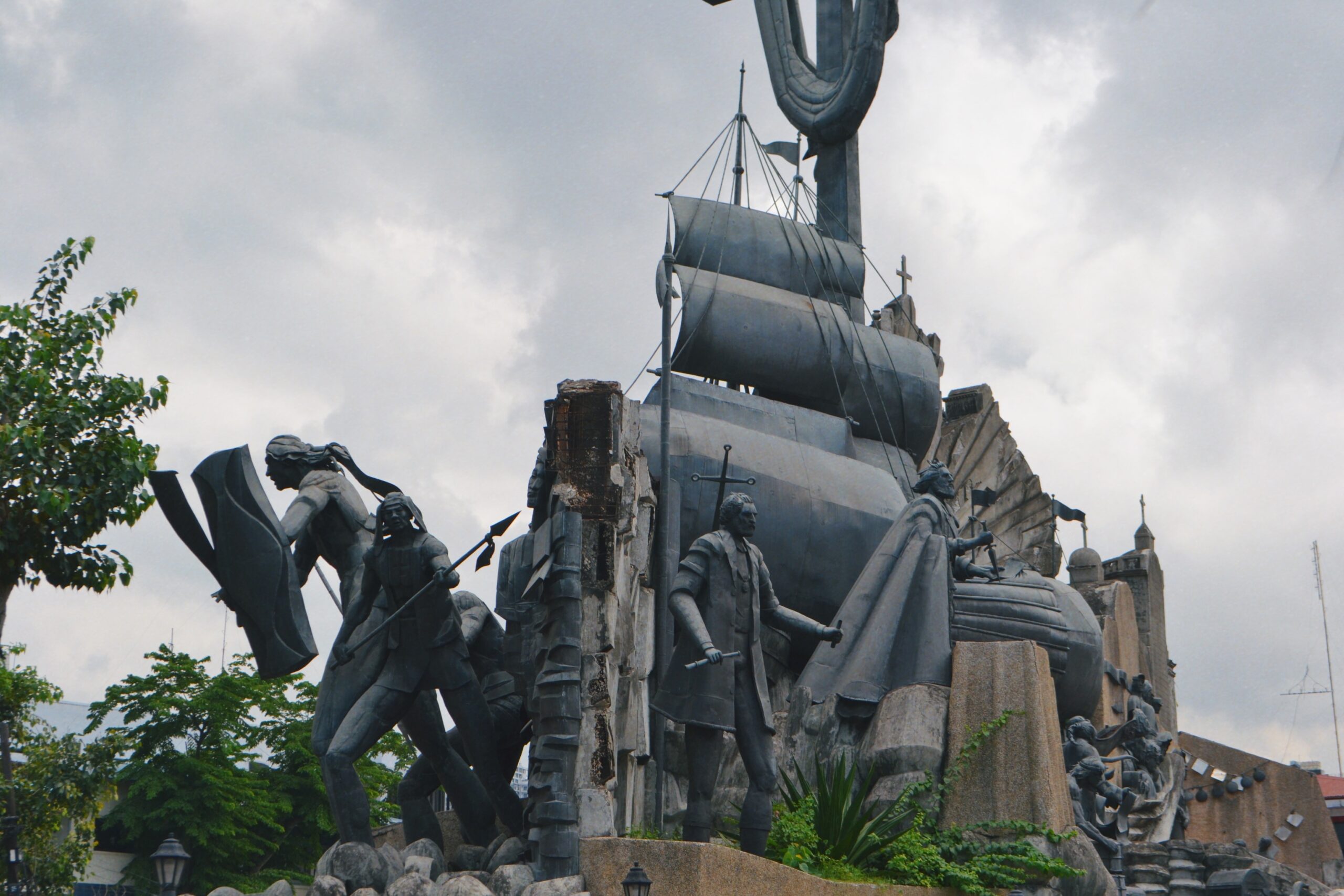
This concrete, bronze, brass and steel sculpture can be found near the three historic Parian district houses. It’s located in the middle of the road nearest to the 1730 Jesuit house. It’s pretty to look at and depicts Cebu’s involvement in the shaping of Philippine history.
1730 Jesuit House

The 1730 Jesuit House is arguably the oldest of the three houses. This was my personal favorite of the two houses I toured (I never entered Casa Gorordo due to it being under refurbishment). The house is encased in a warehouse that is now used for metalworking (which made me question whether I was in the right place when I visited as I didn’t see the house in the warehouse at first).
The first floor of the house is a museum that showcases the history of Cebu. The second floor is a recreation of what the house probably looked like hundreds of years ago, complete with antique furniture and exhibits featuring things like old cameras and typewriters. This was an eye-opening look into what life in the Philippines was like centuries ago. Admission cost Php 50 ($0.85).
Yap-Sandiego Ancestral House
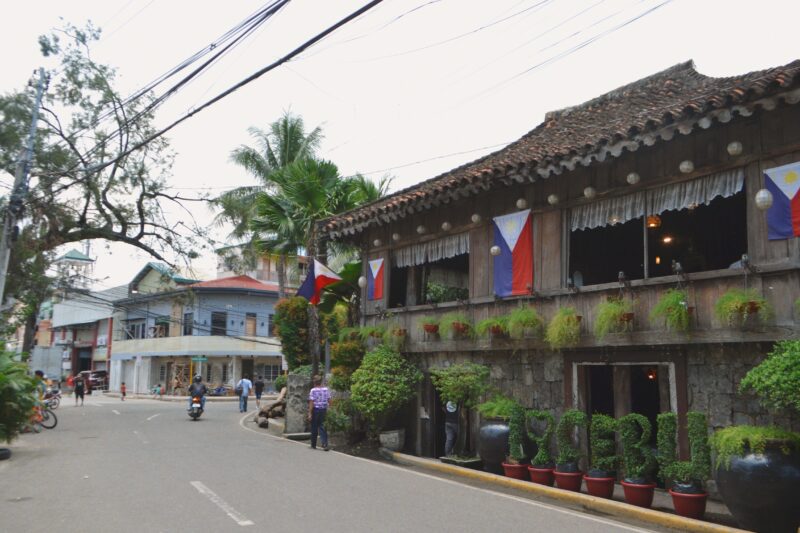
This was the second house on my itinerary, which was chock full of old items and furniture. This was considerably smaller than the Jesuit house and, from the outside, looked like it was gonna crumble to the ground at any moment. It’s located right on the street and cost Php 50 ($0.85) to enter. While the house itself was interesting, I only stayed about 15 minutes as there wasn’t a lot to see because the house only had a couple of rooms. It’s still worth visiting, in my opinion, as the things they did have were an interesting look into the Philippines’ colonial past.
Casa Gorordo
The only house I didn’t get to see due to it being under refurbishment. I’ve only heard good things about this house, though, and it’s widely considered the best among the three.
Outskirts of Cebu City Sights
As I said previously, if you want to go to these sites this Cebu travel guide recommends you rent a car or motorcycle as it might be difficult to book a grab or hop on a jeep to go that far out from the city. You could also book a van tour to take you to these places, but I only recommend doing that if you have the budget to do so. You can book a city tour here.
Sirao Flower Garden
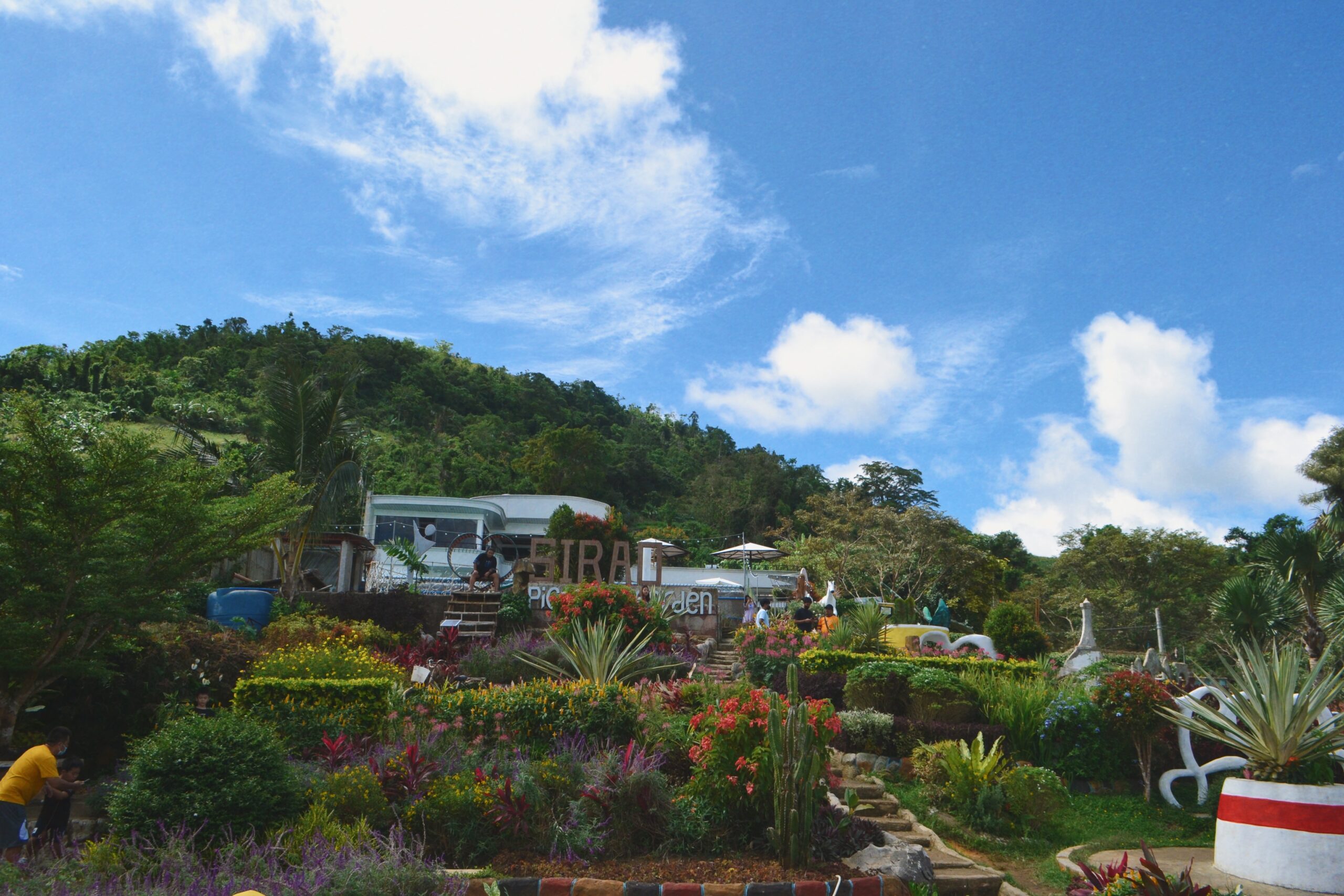
A colorful display of different kinds of flora and fauna. There are actually two gardens you can visit: The PCGS garden and the Little Amsterdam garden. Personally, I found the flowers in the PCGS garden to be more colorful and alive than the Little Amsterdam garden. But I would recommend you visit both as they’re both great for photos and offer stunning views of the Cebu mountain range. Ticket prices are Php 110 ($1.87) for the Little Amsterdam garden and Php 70 ($1.19) for the PCGS garden.
Tops Lookout
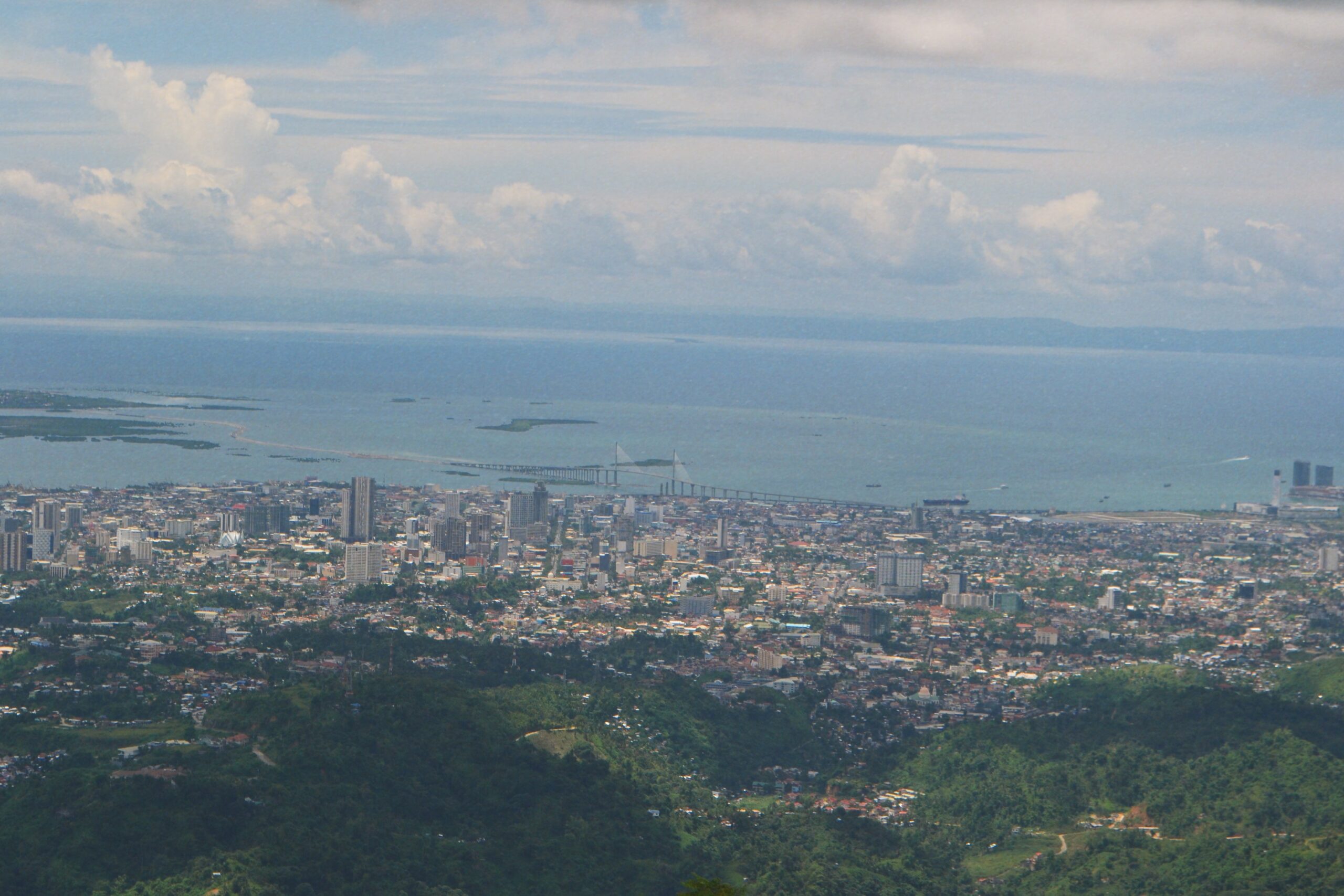
Created with RNI Films app. Preset ‘Agfa Optima 200 Warm’
This circular area offers the best views of Cebu City and the island of Bohol. The views from here were stunning, with the entire Metro Cebu and some of the mountains below you. It was serene and tranquil up there, with barely any other tourists visiting the area when I visited. The ticket to enter here cost Php 100 ($1.70) which is totally worth it for the views you get to see.
Temple of Leah
This mausoleum, inspired by the Parthenon in Athens, is a sight to behold. Its backstory is similar to that of the Taj Mahal in that it was made to serve as a memorial to a man’s late wife, in this case Teodorico Adarna built it for his late wife Leah Albino Adarna. The temple has a museum, bar, gallery, and more housed within its walls. You can’t access any of those rooms as they are not open to the public, but you can take a look inside them by walking down the outer hallways of the temple.
In the center of the temple lies a marble staircase with a impressive golden statue of the matriarch herself. The grounds are elaborately decorated as well, with an eye-catching fountain in the center of the courtyard and spectacular views from the edge of the property only second to Tops Lookout. It costs Php100 ($1.70) to enter and its well worth the money.
Taoist Temple
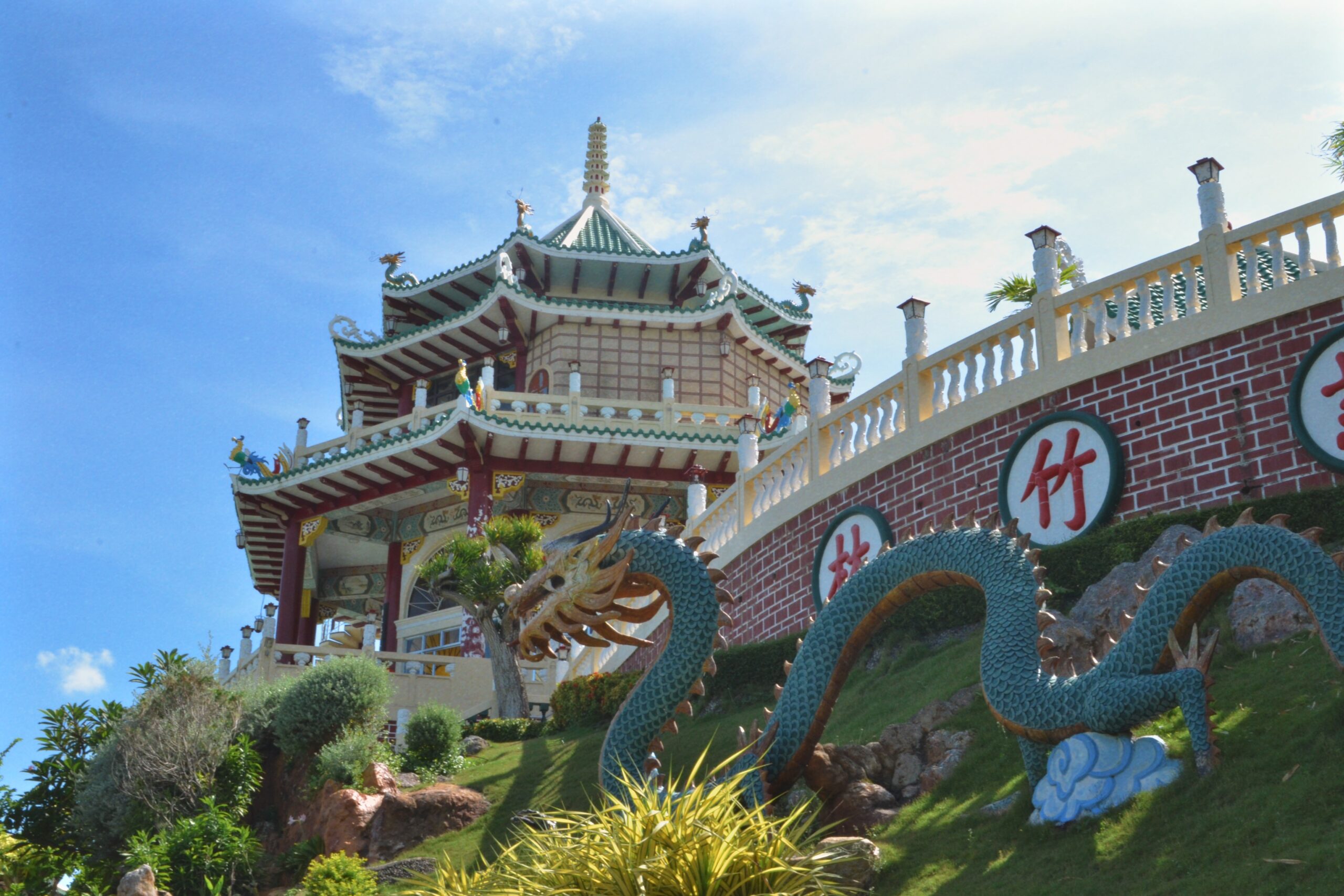
Located inside a private village, this temple encompasses multiple levels. While it’s free to enter, you can’t take any pictures of the altars and they have watchers stationed at each altar to make sure you follow the rules. While it’s not the most elaborate or detailed temple I’ve ever seen, it does have areas that impress, specifically the abundance of dragons all over the temple. Make sure you go all the way up to see interesting water features dotting the area.
Rest of Cebu
The areas of Cebu outside the city are where all the adventurous things to do in Cebu reside. Like I said you could either base yourself here or take a tour from Cebu City. Either way, Cebu has some of the best experiences in the entire country.
Canyoneering
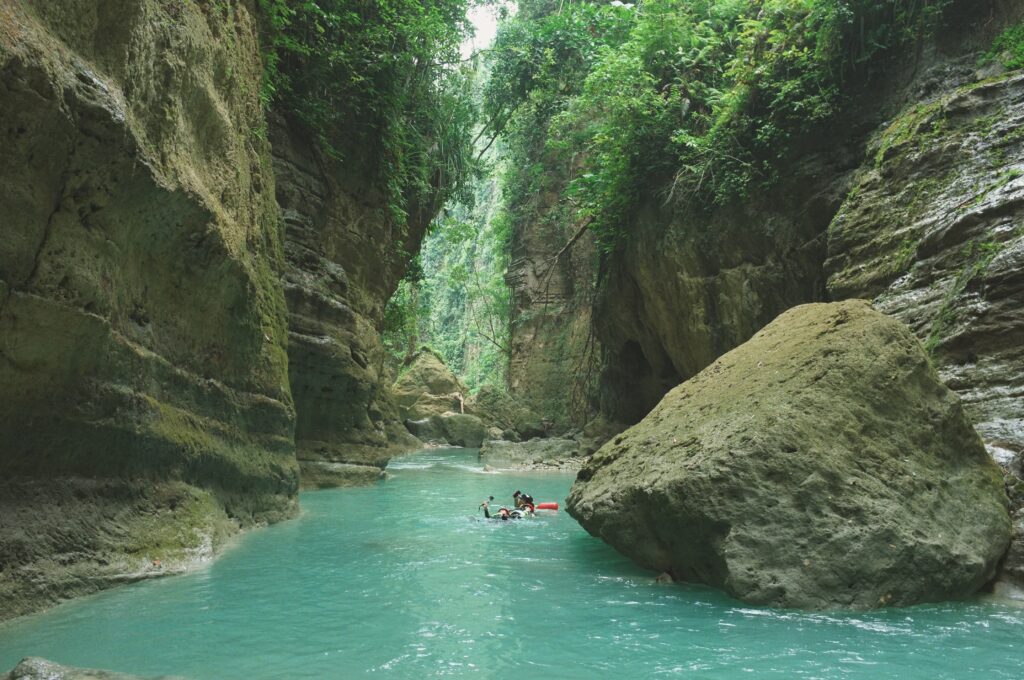
The undisputed best thing to do in Cebu. An experience people from all over the world come to Cebu to do. If you don’t know what canyoneering is, it’s basically an intense river excursion. You jump and swim your way down a river, with some jumps being as high as 30 feet. This is definitely not for the faint of heart or those who are afraid of heights. But if you’re looking for a blood-pumping adventure, this’ll be right up your alley. The price depends on which operator you book a tour with, but I booked a tour through Klook (which you can see here).
Remember to bring aqua shoes as they will not allow you to do the experience in flip flops (but in case you forgot to bring some, the tour operators should have some on hand). You’ll also be given a life jacket and a helmet for your protection. When I did it, the only thing I brought were my glasses, my GoPro, and my extra GoPro batteries, which I put in a ziplock bag. This was the highlight of my Cebu adventure and I would highly recommend it. The tour ends at the incredible Kawasan Falls too, which is just one of the many waterfalls you can see in the island (more information below).
Snorkeling Island Hopping
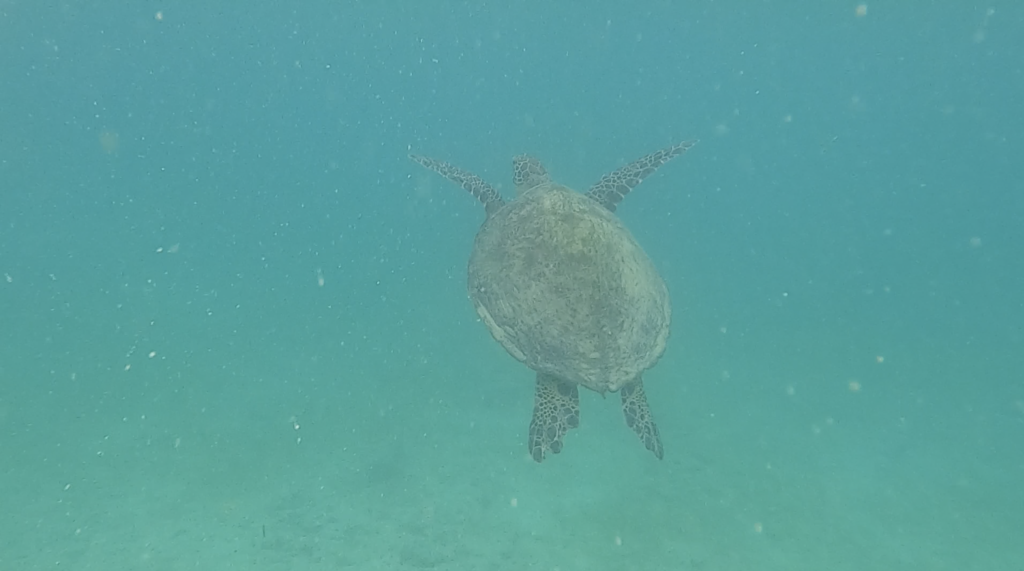
The main snorkeling route of Cebu consists of heading to Pescador Island to see some incredible coral reefs and fish, followed by going to a nearby shore of Cebu to swim with some sea turtles, and then heading to the middle of the sea to witness the famed Sardine run. This was probably the second-best thing I did after the canyoneering experience. The Pescador island snorkeling was great as I saw numerous fish including clown fish and blue tangs (which are better known as Nemo and Dory from Finding Nemo) as well as some pretty interesting-looking coral.
The sea turtles, however, were the highlight of the excursion. I saw four of them swimming around this little area near the coast. Take note though that the turtles aren’t guaranteed to be there all the time. The sardine run, however, disappointed me. We could only swim on top of them due to the underwater current so we never got the enveloped-by-sardines moment. Still, it was a great experience. I booked a tour on Klook for this, which you can access here.
Whale Shark Swimming
Located in Oslob, this experience is very popular with tourists. You go out into the sea and swim with huge whale sharks. I did not do this experience, however, as the process by which the whale sharks are brought near enough to tourists is unethical and disrupts their natural migration patterns. If you are interested in seeing them, however, you can find a tour on Klook here. Just remember that sunscreen is toxic to whale sharks so you shouldn’t put some on when doing this experience.
Osmeña Peak
At over a kilometer in the sky, this peak is the highest peak on the island. While I wasn’t able to do this during my trip to Cebu, I would highly recommend it due to the amazing views that you can see from its summit. A large, striking collection of sword-tipped peaks cascading down to the ocean. It’s a breathtaking sight. The hike itself isn’t as demanding as it seems. You can take a motorbike or van all the way up to an area near the top and then the peak is a quick 30-minute walk from there. Entry fee is Php 100 ($1.7) and you must hire a guide to get to the peak.
Waterfall Chasing
While this could take several days, the waterfalls of Cebu are guaranteed to leave you breathless. Supposedly Cebu is home to over 1000 waterfalls. Here are some of the ones I recommend you see:
- Kawasan Falls (Included in Canyoneering Experience)
- Tumalog Falls
- Montpellier Falls
- Inambakan Falls
- Aguinid Falls
- Cambais Falls
Simala Shrine
This is a Catholic Pilgrimage church located about 2 hours away from Cebu City. While it’s not worth going all that way just for this, it’s a good stop to take when going back to Cebu City from one of your excursions. I wasn’t able to see this church but it’s on the top of my list for the next time I go back to Cebu. This site hosts the image of Our Lady of Lindogon, which is said to be miraculous. The church itself looks spectacular. It’s almost castle-like in its appearance. If you have the time, definitely try too find a way to come here.
Itineraries:
Click below for the following Itineraries that go hand and hand with this Cebu travel guide!
6-Day COMPLETE Cebu, Philippines Itinerary!
Accommodation
You can find a range of accommodations in Cebu. From value hotels to deluxe resorts, there’s something for every budget. Here are some hotels I recommend you consider. Also, as always, it’s best to check Booking.com and Agoda to get the best rates (but also check the official site of the accommodation you plan on booking because sometimes their prices are even lower than those on Booking and Agoda).
Accommodation in Cebu City
Hostels
Hostels, while present in the city, are not as widespread as they are in other destinations, which makes it imperative that you book these accommodations well in advance. Here are some hostels in Cebu city that I recommend you check out. Just like other hostels, they have the type of accommodations where you share a room with other guests. Just something to note before you book these places. The upside is that they’re very affordable and your savings could add up quickly. These hostels are located in the heart of Cebu City and are close to the historical district.
Budget
If you would like a more comfortable but still budget friendly accommodation experience, Cebu City offers an array of low budget hotels. Some of them come with free breakfast and parking, and are available for less than $50 a night.
Quest Hotel and Conference Center
Cebu Parklane International Hotel
Mid-Range
Here’s where things start to get a little expensive. This is the category where you can find a lot of the chain hotels. Amenities are a big plus compared to the previous two categories, but costs are a big plus as well. Consider staying here if you would like your typical international hotel experience.
High-End
These resorts are what attract a lot of people to Cebu. Luxurious, 5-star hotels with beaches, pools, modern and posh amenities, and a whole lot more. If you’re on a once-in-a-lifetime trip to Cebu and want to maximize your island experience, definitely consider staying here.
Accommodation in Moalboal
Budget
Accommodation in Moalboal tends to be cheaper than accommodation in Cebu City. There aren’t any big resorts like those found in Cebu City mainly because Moalboal caters more to adventurers and backpackers. It’s proximity to the island hopping, canyoneering, whale shark swimming, and Osmeña peak experiences make it an ideal place to stay.
Mid-range
If you want a little more luxury during your stay, consider staying at one of these resorts. While they’re not on the same level as the mega-resorts found in Cebu City, they are comfortable and worth the splurge, in my opinion.
Dining
A conclusion I came to after my recent trip to Cebu is that Cebu is an underrated foodie destination! In my entire trip I only had one thing that disappointed me (and in retrospect, it wasn’t THAT disappointing). There are so many tasty food options that will satisfy even the pickiest of eaters. Below is just a sample of the incredible food options that Cebu has to offer. This Cebu Travel Guide has categorized them based on what you might potentially be looking for.
If you want: Lechon
- Rico’s Lechon
- House of Lechon
Lechon is a signature Cebuano and Filipino Dish. It’s essentially a roasted, suckling pig. The Lechon capital of the Philippines is Cebu so I highly recommend you try this and the other pork dishes that you can find in these two restaurants. And believe me, once you’ve tasted it, you’ll get why everyone in the country loves it.
If you want: Cebu Exclusives
- Sunburst Chicken
Sunburst chicken is a chain of restaurants exclusively found in Cebu that serve a wide variety of chicken dishes. While other people rave about this place, I found it to be just ok. This was the one restaurant I mentioned earlier that disappointed me. It was still good chicken, I just wish it had more flavor. That being said, I think you should still give this a try as it’s a Cebu staple.
If you want: Chinese Food
- Dimsum Break
The Philippines has some pretty good Chinese food options and Dim sum Break is one of them. As the name suggests, this place mainly serves Dim sum but their noodles are pretty good too. They have a couple of locations around the city, including one on Colon Street, and are pretty affordable. I recommend getting their siomai. As a siomai lover I can attest to them being delicious.
If you want: a Food Market
- Sugbo Mercado
This outdoor food market is a great place to try a variety of food. They sell everything from pizza to sisig to egg tarts to rice bowls. The number of food options can overwhelm you, but I guarantee you’re going to find something you like. One tip I have for you is to arrive before or after regular mealtimes to ensure you get a table to sit at.
If you want: Classic Filipino food
- Maharlicup
- Balay sa Busay
It wouldn’t be a trip to the Philippines if you didn’t try some authentic Filipino food. These two restaurants are great and, while they’re located in the mountains adjacent to Cebu City, are well worth the trek it takes to get to them. I recommend you dine at Maharlicup for breakfast before exploring the outskirts of Cebu City and then head to Balay sa Busay for lunch.
If you want: Coffee
- Outback Servo
- Commonly Uncommon
Cebu has some great cafes that you can lounge in as you sip your coffee. Outback Servo is located in the mountains just like Maharlicup and Balay sa Busay while Commonly Uncommon is located in Cebu City. They’re the perfect spots to get some work done or if you need a break in between meals.
Budget saving tips
Check out my article on Cebu money saving tips! It’s the perfect complement to this Cebu Travel Guide.
Cebu on a Budget! Tips to Save Money on Your Cebu Vacation
Cebu Travel Guide Conclusion
Hopefully this 6000 word Cebu travel guide turns out to be useful for you. Now the only thing left for you to do is to book that trip! Have fun jumping off cliffs, swimming with sea turtles, and discovering the rich history of this unique destination in the Philippines. I guarantee you’re going to have an unforgettable experience.
Click to READ the first installment of my 2022 Cebu Trip Report Series!
Click to WATCH the first episode of my 2022 Cebu Vlog Series!
If you found this Cebu Travel Guide helpful, consider subscribing to my newsletter to receive inspiration, tips, and insider secrets delivered straight to your inbox. Whether you’re planning your next adventure, daydreaming about far-off places, or seeking hidden gems closer to home, we’ve got you covered.
✨ Here’s What You’ll Get:
- Curated travel guides to iconic and off-the-beaten-path destinations.
- Budget-friendly tips and tips on solo traveling.
- Exclusive deals and must-know travel advice.
- Stories and trip reports to spark your wanderlust and make your trips unforgettable.
Travel smarter, deeper, and with more joy. Join our community of explorers today and never miss a chance to wander! Sign up down below!
ITINERARIES:





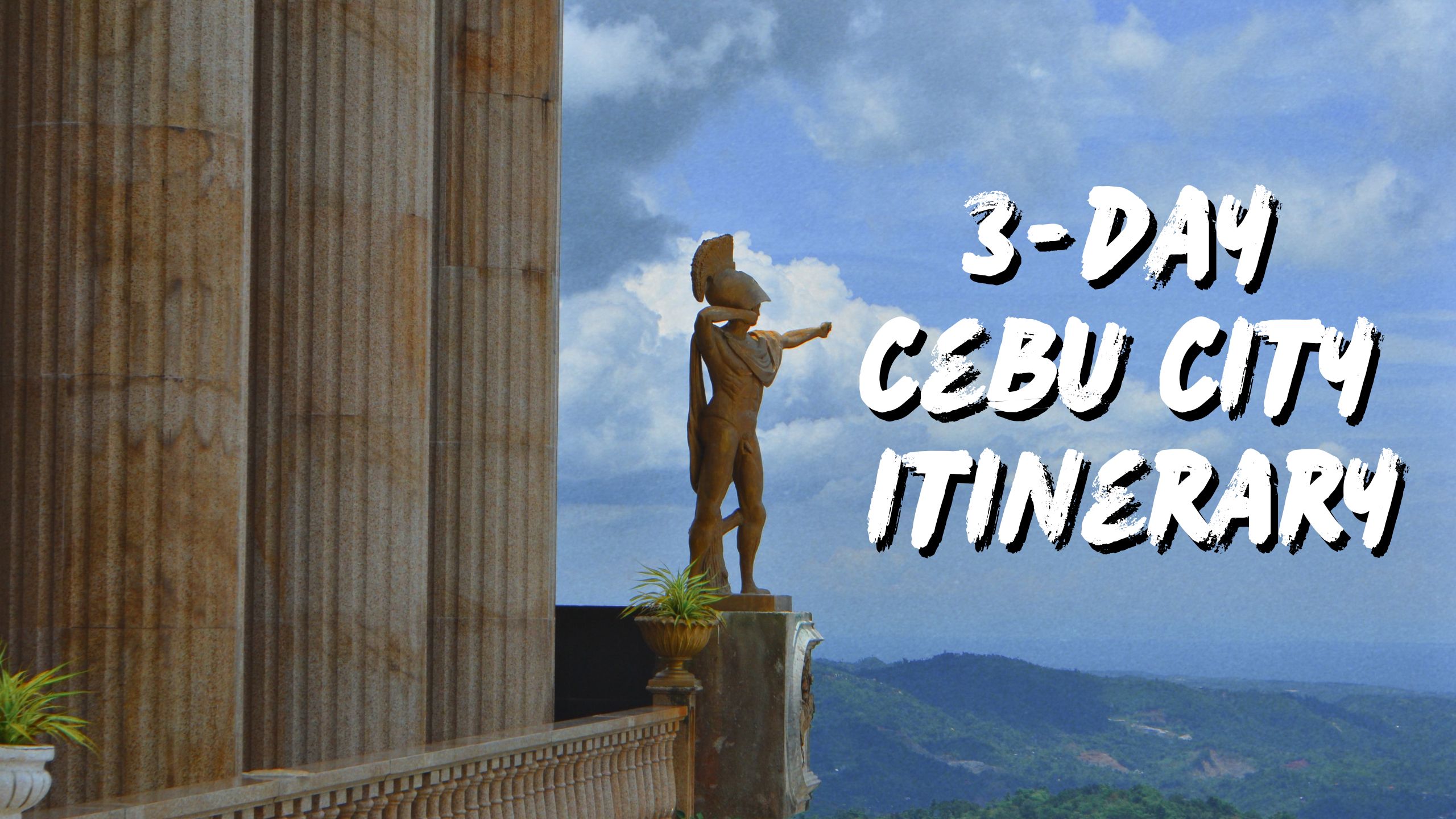




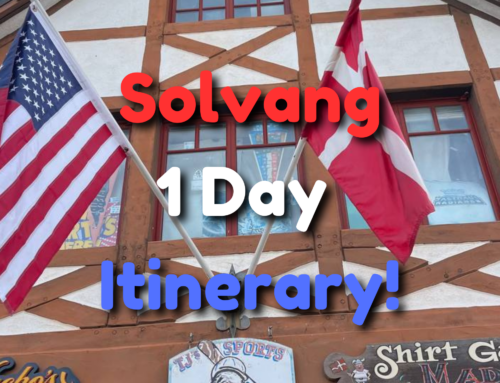
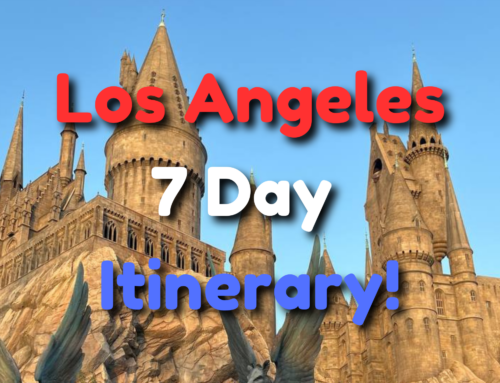
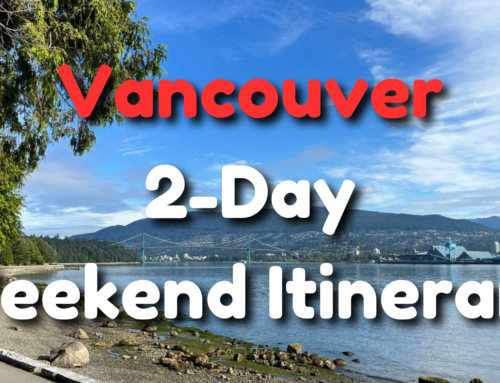
Leave A Comment